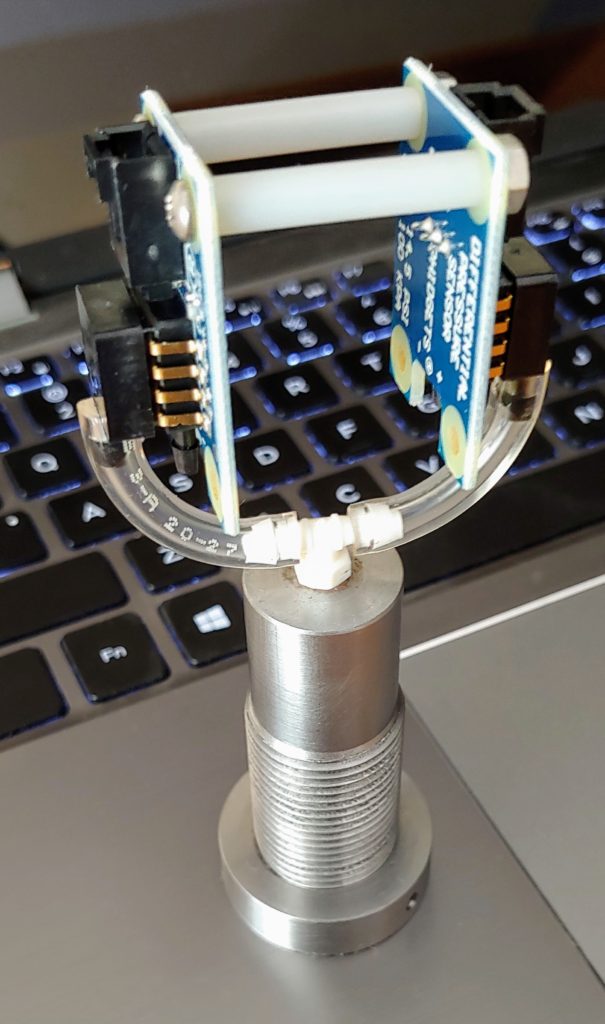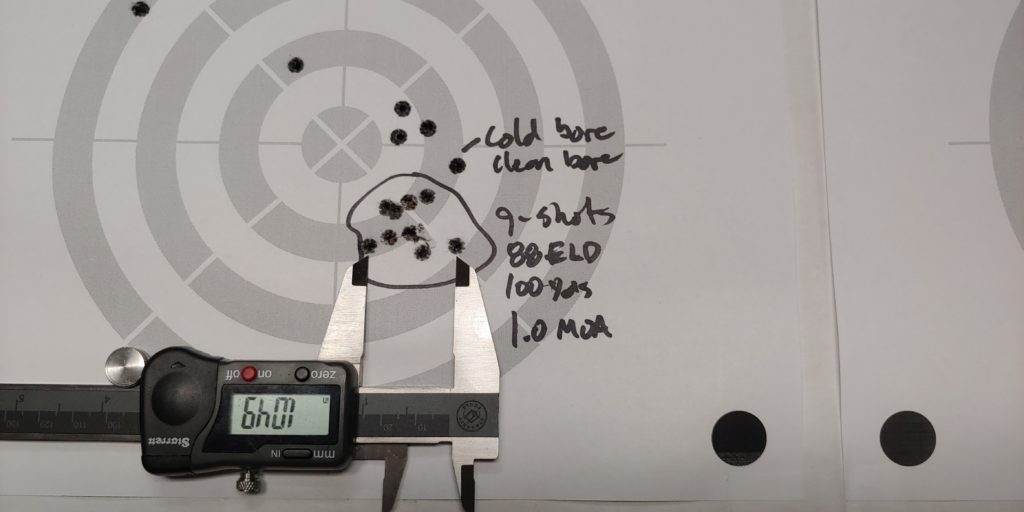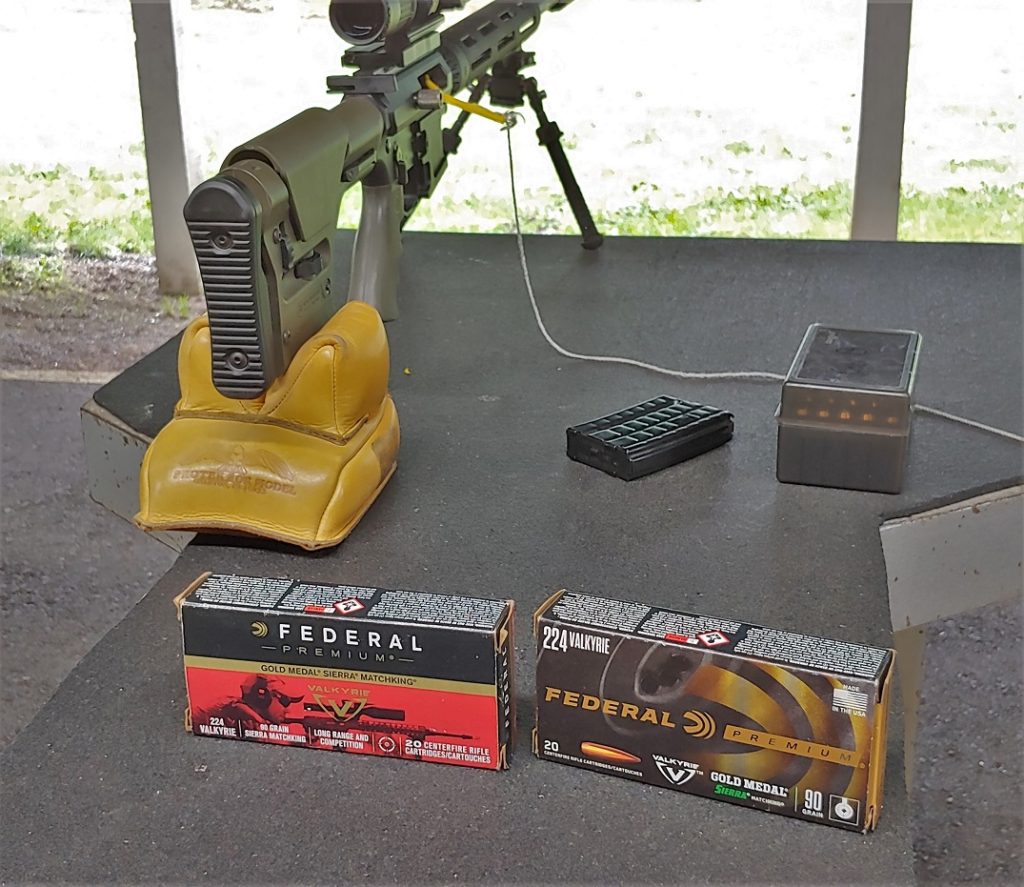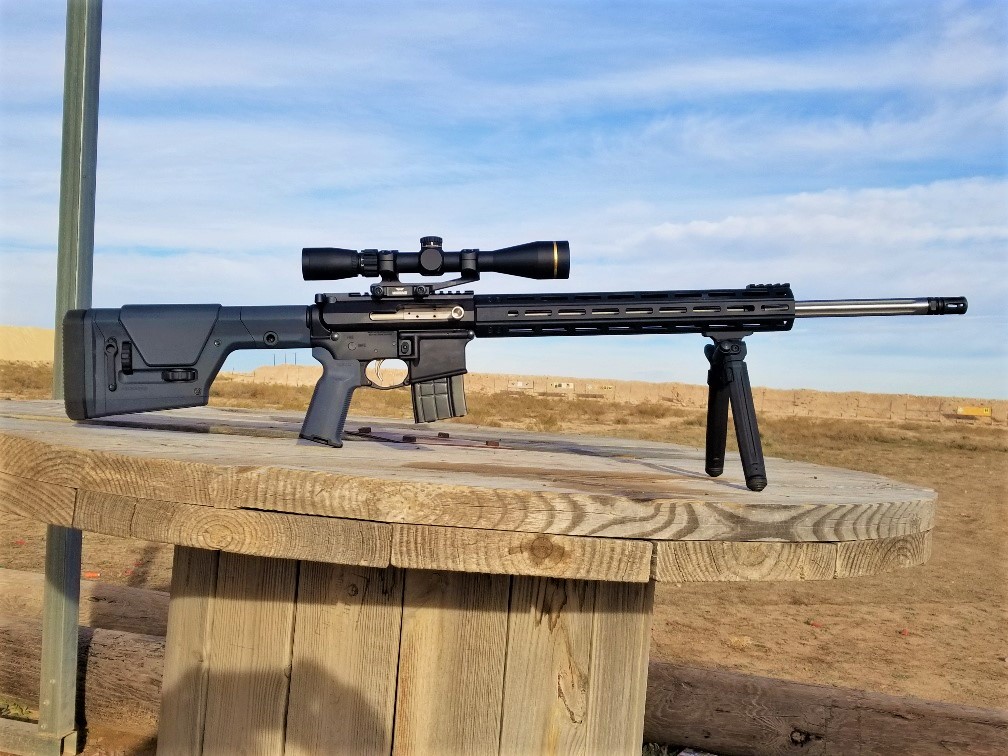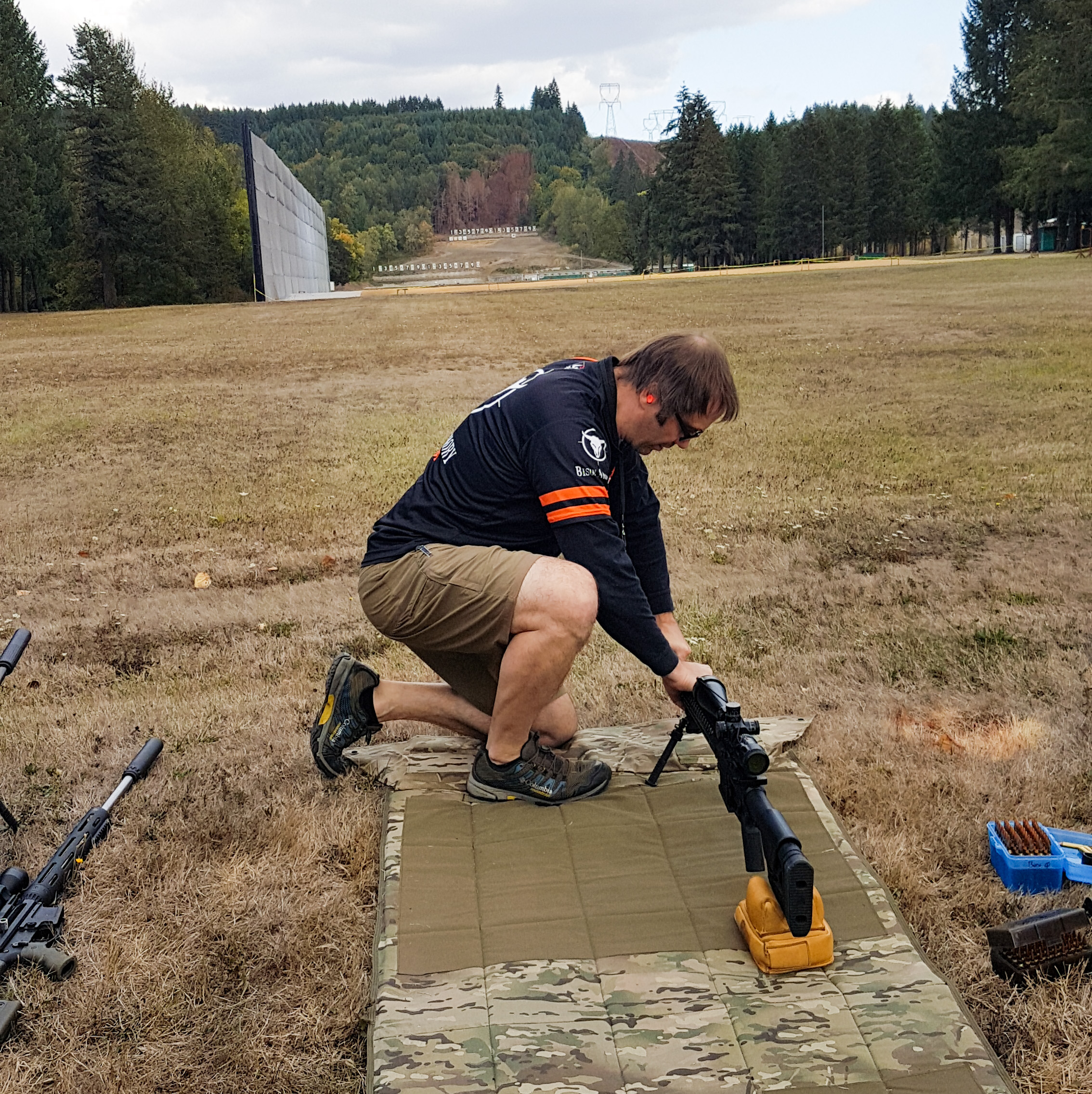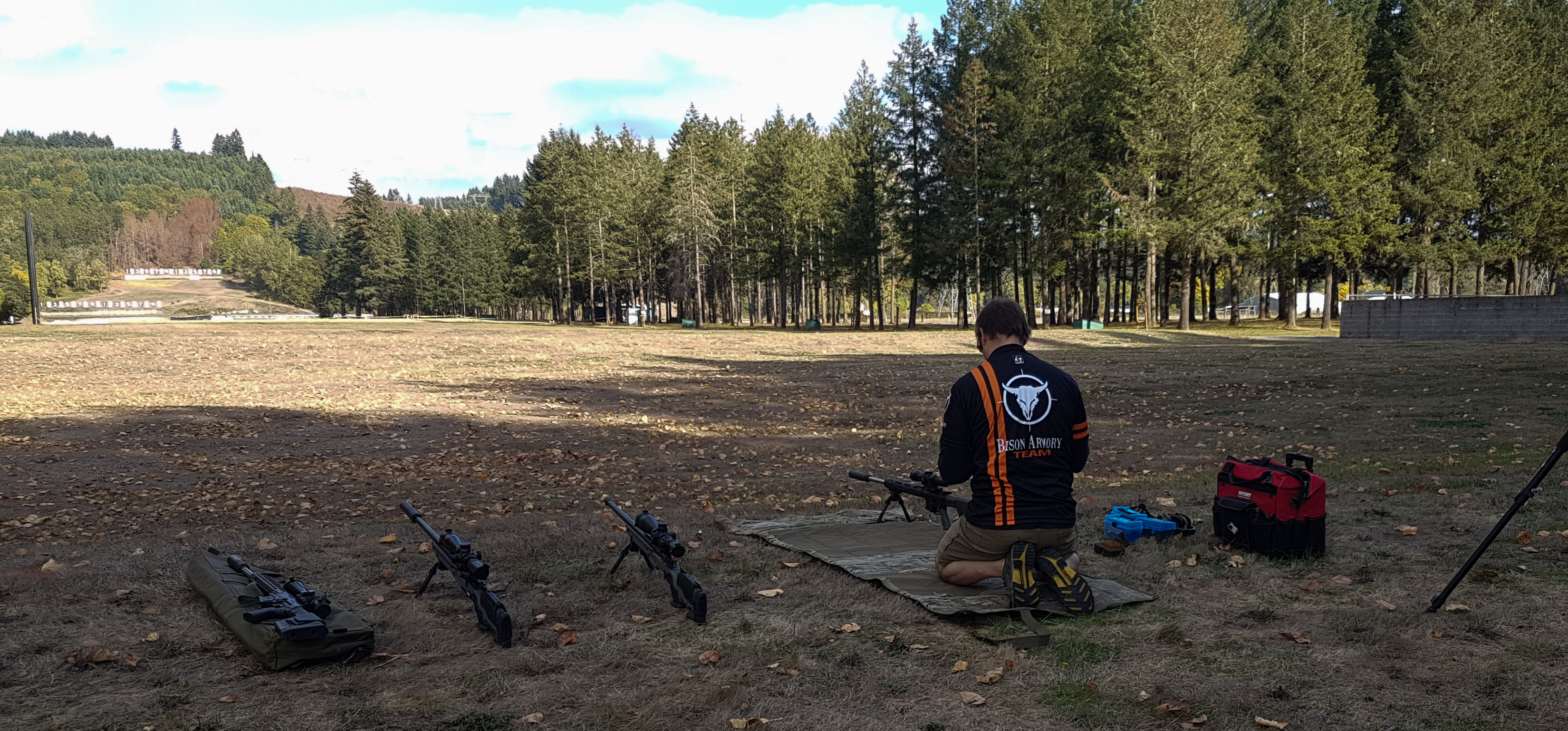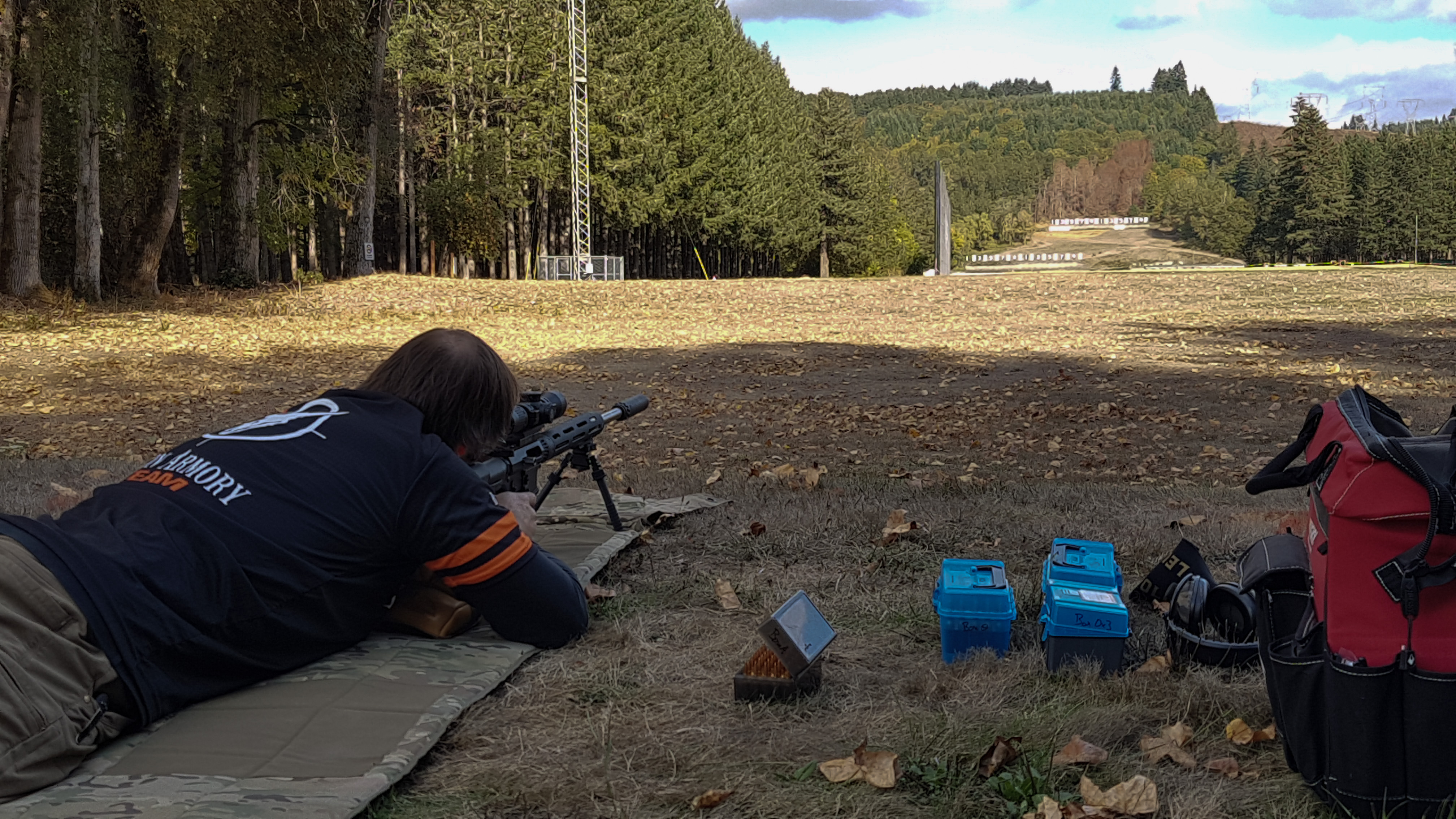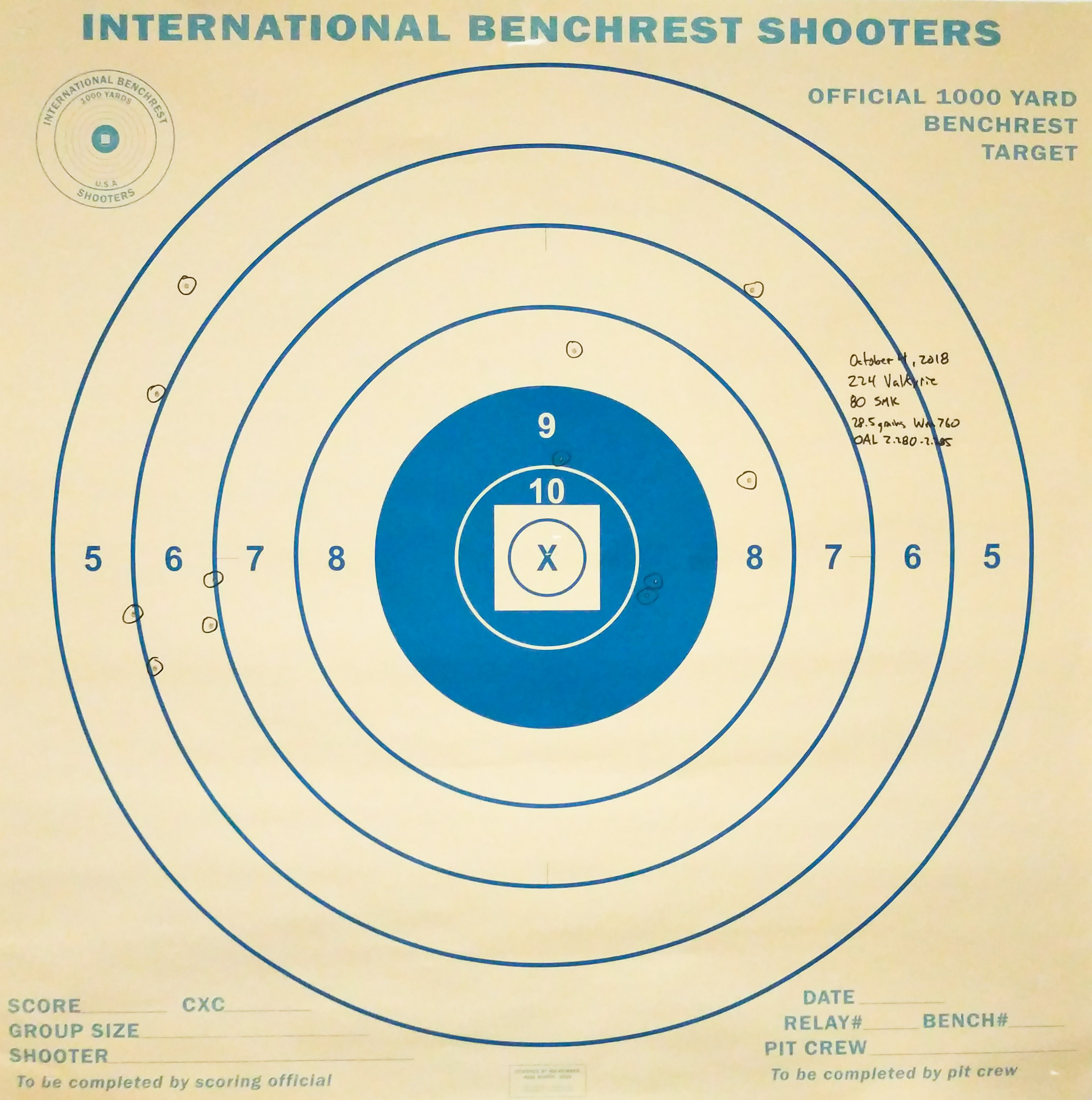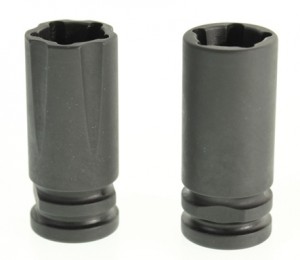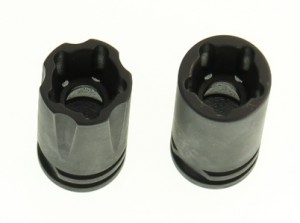There are several popular chamber designs used in rifle barrels made to shoot the 6.8 SPC cartridge. The primary difference between these chambers is the freebore.
The original SAAMI chamber, known simply as the 6.8 SPC chamber, has 0.050″ freebore, while the current de facto standard chamber has 0.100″ of freebore. All of the chambers designed after the original 6.8 SPC chamber have increased freebore compared to the original. The 6.8 Bison chamber has 0.072″ of freebore in its design.
Note that the design freebore in a rifle chamber is the minimum specification. The dimensions in a rifle chamber can be anywhere from minimum (i.e. maximum material condition – when the least material has been removed from the barrel during chambering ) to maximum, which is the minimum plus the allowable tolerance (i.e. minimum material condition – when the most material has been removed from the barrel during chambering). Minimum and maximum material condition are not necessarily intuitive, and often seem backwards for an internal void machined into a piece of metal.
All else being equal, differences in freebore primarily affect the jump of a bullet to the lands. For a given cartridge, bullet jump to the lands depends on many factors, including the bullet shape and bullet seating depth (i.e. cartridge overall length or OAL), and the exact dimensions of the chamber in which the cartridge is fired.
For the 6.8 SPC cartridge, the difference in bullet jump between a minimum chamber and a maximum chamber depends on the leade angle, which is typically 1.5 degrees. The freebore DIAMETER varies from a minimum of 0.2781″ to a maximum diameter of 0.2801″. The point at which a given bullet will contact the lands of the rifling in the bore will move down the bore a distance of 0.001″ * tangent (1.5 degrees) = 0.038″ when changing from minimum diameter to maximum diameter freebore.
Selecting a rifle barrel from the Bison Armory inventory, with a 6.8 Bison chamber, I find the following OAL to bullet contact with the rifling for a selection of common 6.8 caliber bullets:
| Bullet | OAL to lands | Bullet jump from 2.295″ OAL | Bullet jump – minimum spec | Bullet jump – SAAMI 6.8 SPC min spec |
| 115 SMK | 2.369 | 0.074 | 0.036 | – 0.014 |
| 120 SST | 2.390 | 0.095 | 0.057 | +0.007 |
| 110 AB | 2.408 | 0.113 | 0.075 | + 0.025 |
| 110 PH | 2.405 | 0.110 | 0.72 | + 0.022 |
| 110 Hornady BTHP | 2.380 | 0.085 | 0.085 | – 0.003 |
I have assumed the maximum realistic magazine length, using PRI 6.8 SPC magazines, of 2.295″ to compare bullet jump. This chamber is definitely not minimum spec, virtually no chambers are because the reamers are always made to somewhere in the middle of the spec to account for reamer wear, plus some additional margin. The table indicates what the bullet jump would be for the minimum spec chamber ASSUMING the chamber used for the measurements is a maximum spec chamber, in order to have the most conservative results possible.
The final column indicates what the bullet jump would be if the measured chamber was maximum spec and we were to compare with a minimum spec SAAMI 6.8 SPC chamber. In this case it’s possible that we would be jamming the bullet significantly into the lands when using the 115 SMK and 110 Hornady BTHP bullets (indicated by (-) sign on the delta).
The takeaway from this table is that the 6.8 Bison chamber provides ample bullet jump to the lands for 6.8 SPC rifle cartridges loaded to an OAL that will fit maximum magazine length of 2.295″. This is the primary requirement for safe operating pressure. Jamming a bullet into the lands, or loading with little jump to the lands, is known to increase maximum pressure significantly. By loading at least 10 to 20 thou (0.010″ to 0.020″) off the lands, we ensure that pressures will not spike when the ammunition is fired in the rifle.
In general, the 6.8 Bison chamber provides substantial bullet jump to the lands for magazine length loaded ammunition. The popular 6.8 SPC II chamber exceeds the 6.8 Bison chamber bullet jump, all else being equal, by an additional 0.028″. This seems needlessly excessive to me and excessive bullet jump is known to be detrimental to accuracy for many or most bullet and cartridge combinations, with a few exceptions (e.g. some Burger VLD bullets in some calibers appear to shoot with better accuracy when jumped between 80 to 100 thou to the lands).
There are many other factors that influence chamber pressure for a given cartridge and load, and freebore is only one of them. The capacity of rifle cases varies between lots and manufacturers, and can have a very significant impact on load pressure. The many factors that influence chamber pressure is the main reason hand loads must always be worked up whenever new load parameters are introduced. Chamber design and allowable tolerances is a primary reason why ammunition manufacturers load on the light side – their ammunition must be safe to shoot in all chambers that meet SAAMI specifications.
